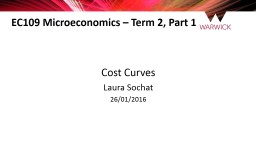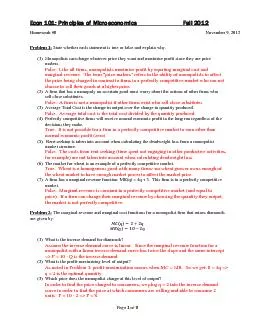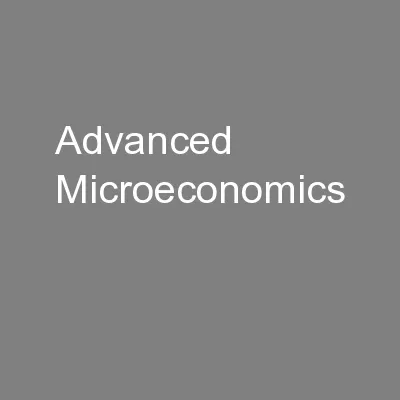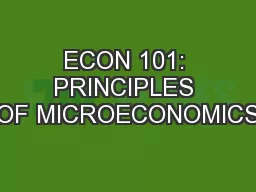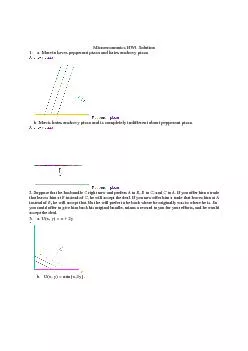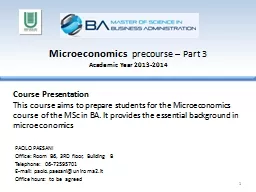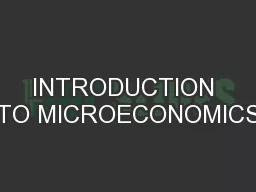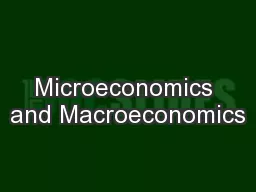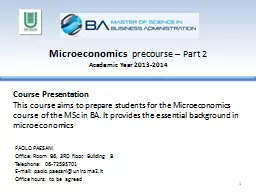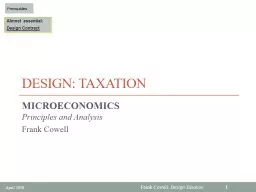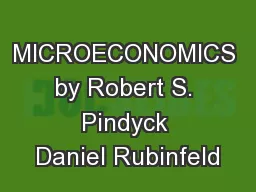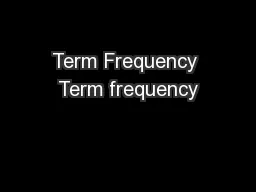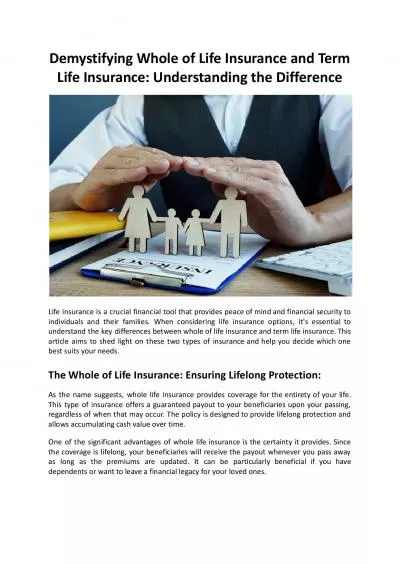PPT-EC109 Microeconomics – Term
Author : susan | Published Date : 2023-10-31
2 Part 1 Cost Curves Laura Sochat 26012016 Plan Long run total cost curves Long run average and marginal cost curves Economies and diseconomies of scale Short
Presentation Embed Code
Download Presentation
Download Presentation The PPT/PDF document "EC109 Microeconomics – Term" is the property of its rightful owner. Permission is granted to download and print the materials on this website for personal, non-commercial use only, and to display it on your personal computer provided you do not modify the materials and that you retain all copyright notices contained in the materials. By downloading content from our website, you accept the terms of this agreement.
EC109 Microeconomics – Term: Transcript
Download Rules Of Document
"EC109 Microeconomics – Term"The content belongs to its owner. You may download and print it for personal use, without modification, and keep all copyright notices. By downloading, you agree to these terms.
Related Documents

